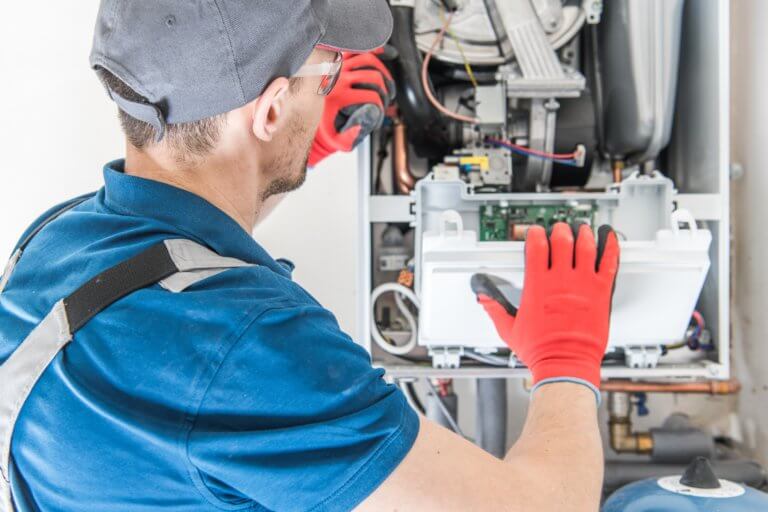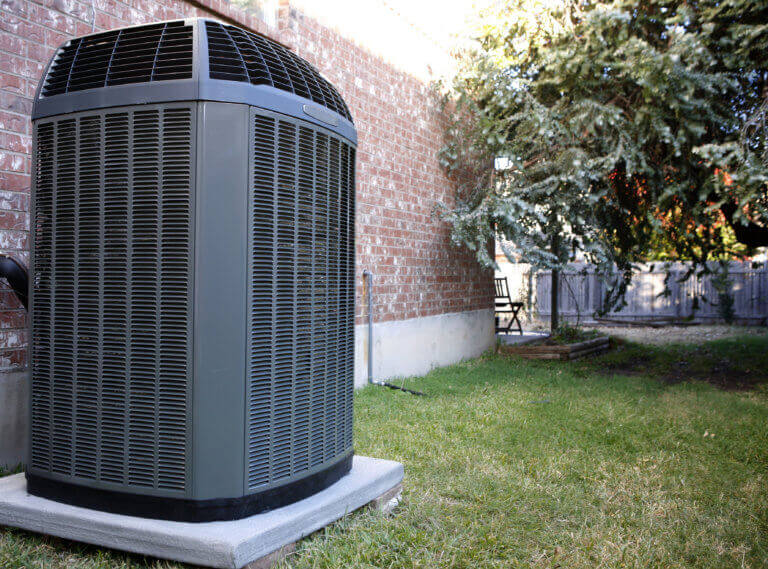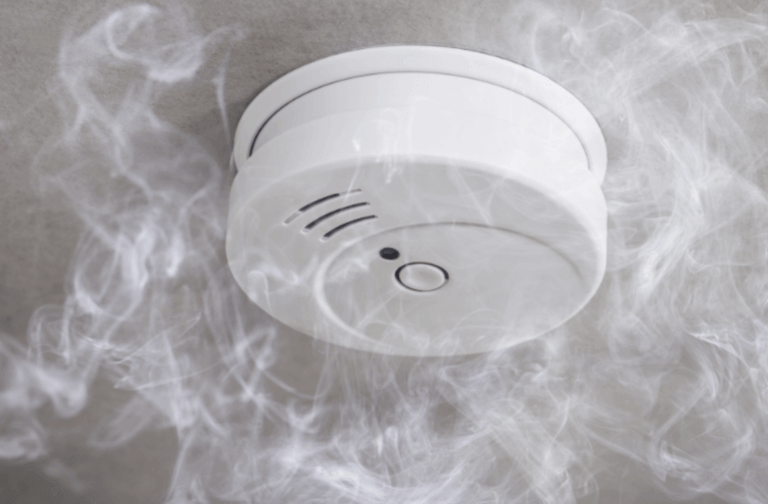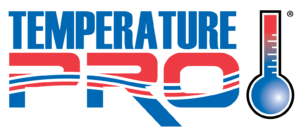Unfortunately, problems with furnace and air conditioning systems are bound to happen, at least occasionally, in every household. HVAC system maintenance and repair is simply part of being a responsible homeowner, so there isn’t a good way to get around these visits and fees. However, not all homeowners keep up with recommended preventative maintenance checks on their systems, which can lead to issues at undesirable times. Consumers everywhere have come to rely on these systems to keep their home temperature regulated, so whenever a problem occurs, it can create a major inconvenience on our daily lives.
When you experience a problem, it’s important to contact a reputable HVAC technician immediately. If the issue occurs in periods of extreme weather such as the middle of summer or winter, this is even more crucial. While you may be tempted to look online for quick fixes, we highly recommend you stay away from any “Do-It-Yourself” methods. Issues with HVAC systems can be incredibly complex, and unless you’re trained in this specific kind of maintenance, you may end up accidentally making the issue worse…resulting in danger or a more costly repair in the end.
Because HVAC systems are so complex, there are a variety of potential causes to the problems that may arise. Below, we’ve outlined some common furnace and air conditioner problems to help you find out what might be wrong with your system, before coming up with a plan of action to fix it.

Common Furnace Problems
- Furnace Does Not Heat Enough: When a furnace is running but does not provide enough heat to sufficiently warm up a space, the culprit may be a dirty or clogged air filter. When an air filter is not clean enough, it reduces the airflow and makes your system work harder to overcompensate. It could also simply be that the furnace is the wrong size for the space, and needs to be replaced.
- Furnace Does Not Heat At All: There are a variety of factors that contribute to your furnace not heating at all. Surprisingly, in many circumstances, homeowners simply have forgotten to turn the thermostat setting to heat. Other reasons your furnace is not heating could include issues with the system’s power, gas, or pilot light. In some cases, checking your home’s circuit breaker or the safety switch on the furnace door may be the solution.
- Furnace Is Experiencing Reduced Air Flow: When a furnace continually provides reduced airflow, the problem is likely a dirty or clogged air filter. Make sure to regularly change your system’s air filters as recommended, as clogged filters can further damage the limit switch of your system, which controls the fan.
- Furnace Frequently Cycles Between On and Off: Improper cycling between the “on” and “off” modes may indicate deeper problems with your thermostat or air flow. Dirty or clogged air filters may contribute to this problem, so a simple changing of the filter could be a possible fix.
- Furnace Blower Constantly Runs: Issues with your system’s blower can be caused by an issue with the limit switch, which needs to be examined or replaced by a professional.

Common Air Conditioner Problems
- Air Conditioner Is Not Cooling Enough Or At All: If your AC system is switched on and your household does not seem to be cooling down, there may be a problem with the thermostat. Other factors that make the system unable to run correctly include problems with refrigerant levels, issues with the compressor, and problems with the system’s breakers or fuse.
- Air Conditioner Is Experiencing Reduced Air Flow: Similar to furnaces, issues with air flow in AC systems are typically caused by an air filter that is dirty or clogged. It’s very important to make sure these filters are regularly changed, as dirty filters can also cause your unit to freeze over.
- Liquid Is Leaking Out Of The Air Conditioner: When you notice there is liquid leaking out of your unit, your system is most likely experiencing a refrigerant leak. These leaks are also seen when the drain line becomes clogged, or if drain pan becomes too full and overflows.
- Air Conditioner Fans Not Working Correctly: When your system’s fans aren’t working correctly, there is probably something wrong with the capacitor. Without functioning capacitors, the motors that power the compressor malfunction and fans won’t work correctly.
The Dangers of “DIY”
While we understand it can be incredibly frustrating to experience problems with your heating or cooling system, we strongly advise that you avoid trying to fix HVAC issues yourself.
Homeowners may think they understand which component is causing issues with their system, however without the proper training and experience, there is no way to be sure. The “quick fix” you found online may be the wrong action for your specific system, causing the need for a more expensive fix in the future. As noted, HVAC systems are complex machines and there could be a variety of reasons you are experiencing problems. A deeper problem in the system may manifest itself through small “symptoms” such as reduced air flow. Only a trained HVAC technician will be able to evaluate the system as a whole, safely making repairs designed to last long-term.
Along with potentially making the issue worse, when an individual who is not properly trained attempts to work on these systems, they risk harm to themselves and others who reside on the property. Below are major risks of working on a system by yourself:

- Carbon Monoxide Exposure: When working on furnaces, there is always the risk of carbon monoxide exposure. This odorless, colorless gas is a silent killer, responsible for hundreds of deaths per year in the US. According to the CDC, during 2010– 2015, a total of 2,244 deaths resulted from unintentional carbon monoxide poisoning, with the highest number of deaths each year occurring in winter months. Carbon Monoxide can be leaked out through parts of the system such as cracked heat exchangers, and is impossible to detect unless you have a functional carbon monoxide detector.
- Refrigerant Leaks: Refrigerant is a chemical used in your system to make the air cool. However, Refrigerant leaks can be dangerous, causing dizziness, asphyxia, and other respiratory problems to those who are exposed to the harsh chemicals. Only a trained professional knows how to appropriately stop or contain these leaks.
- Fire: There is a huge risk of fire when an untrained individual works on a furnace. The combination of electrical equipment with highly flammable fuel in HVAC systems is dangerous and must be handled only by a professional. Tampering with gas lines or electrical wiring could result in flames that consume your home and endanger your family. If a fire starts within your system, evacuate immediately and contact your local gas company along with the fire department.
The bottom line here: There are MAJOR risks involved with working on an HVAC system if you’re untrained, that can result in the loss of your health, home, or even your life. Leave repairs to the professionals!
Importance Of Routine Maintenance
Although it may seem like a hassle, scheduling routine maintenance checks with a trusted HVAC technician is a great way to prevent many of these issues from occurring. Having a professional regularly examine your system allows them to catch problems early on, preventing a full breakdown down the road. This minimizes your risk of being caught without heating or AC in an emergency circumstance, and saves you money in the long run by avoiding a more advanced, costly repair that may arise from neglecting a simple fix.

Contact Your Local TemperaturePro Today!
If you are experiencing any of the issues described above, contact your local TemperaturePro today! Our experienced and knowledgeable HVAC technicians will examine your system, and provide recommendations on the best course of action for your unique situation. At TemperaturePro, we consistently train our professionals on the latest techniques used in the industry to give our clients the most efficient, cost-effective solution possible. Find your local TemperaturePro today by visiting our website, https://temperaturepro.com/.








